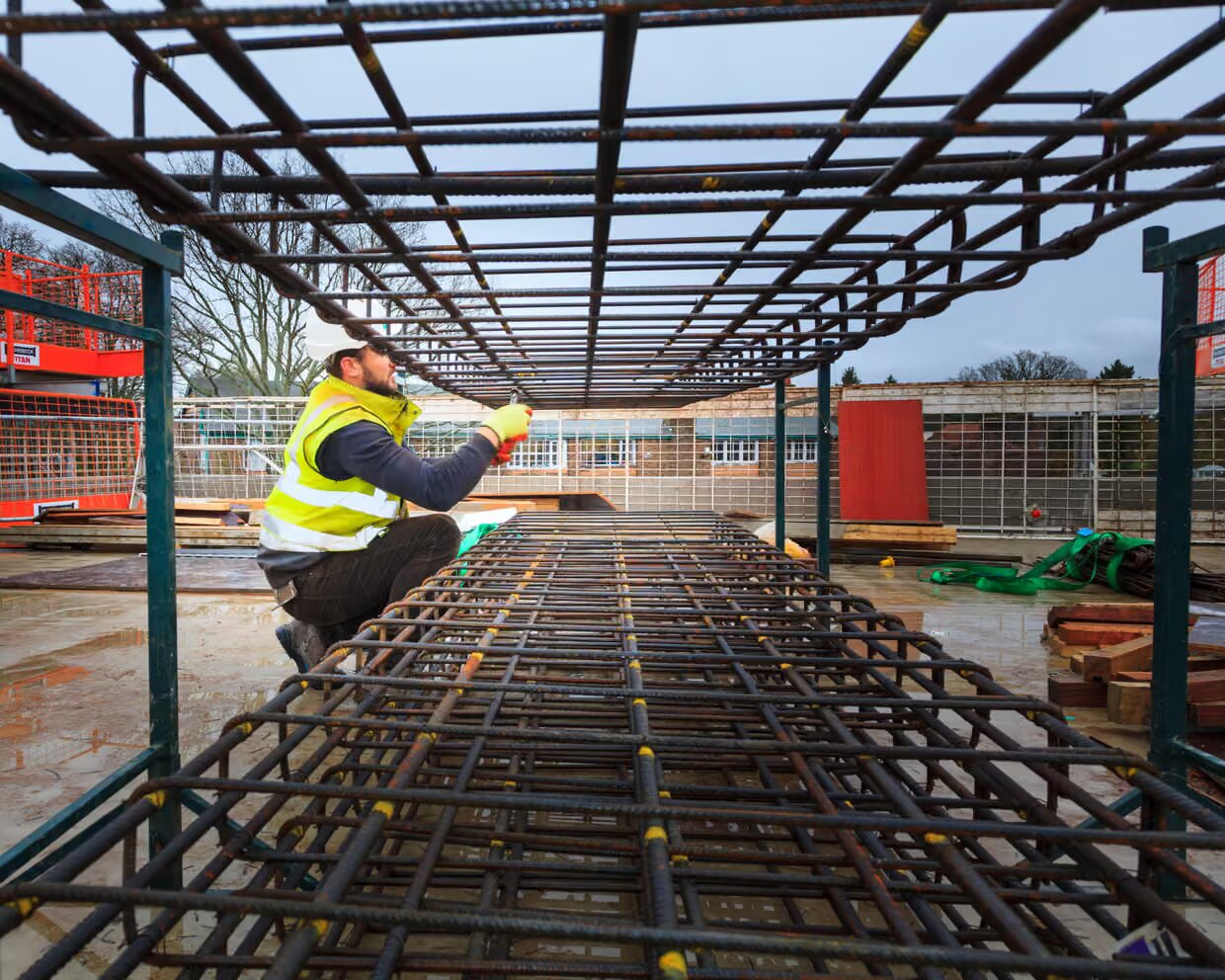Budget uncertainty hits investment but take-up of new space rises amid firms’ return-to-office mandates

Construction of offices, shops and warehouses in the UK has fallen to the lowest level in more than a decade amid rising build costs and uncertainty.
All commercial sectors have been hit, with construction across office, retail and industrial sectors down by 21% to 5.85m sq metres (63m sq ft) in the third quarter compared with a year earlier, according to the latest data from CoStar.
This is the lowest commercial construction since 2014, and comes as housebuilding is also slowing, in a blow to the Labour government, which last year announced an ambitious target of building 1.5m new homes over five years.
This year is on course to be the weakest for construction starts so far this century, amid high construction costs caused by skill shortages and rising raw material prices, and high vacancy rates, according to the report from the property information company.
Investment in offices fell amid uncertainty before the budget, and as high bond yields reduced the appeal of commercial property, CoStar said. However, there are a number of big transactions under offer in London, suggesting a rebound in the fourth quarter.
In better news for the property sector, office take-up in the UK has increased to its joint highest level since the pandemic began in 2020. It rose by 24% year on year in the third quarter to about 1m sq metres (11m sq ft), as many companies ordered their staff back to the office.
This was led by London, while outside the capital demand for office space continues to drop. Office take-up in the capital jumped by 34% year on year to the highest level in seven years, supported by some big lettings over the summer. New York has seen a similarly strong uptick.
This mirrors trends in the US, where return-to-office mandates drove lettings up by 22% to their highest level since the second quarter of 2019.
The vacancy rate at UK offices has stabilised at 8.8%, but is still the highest in 13 years, and nearly double the 4.5% when the pandemic struck.
